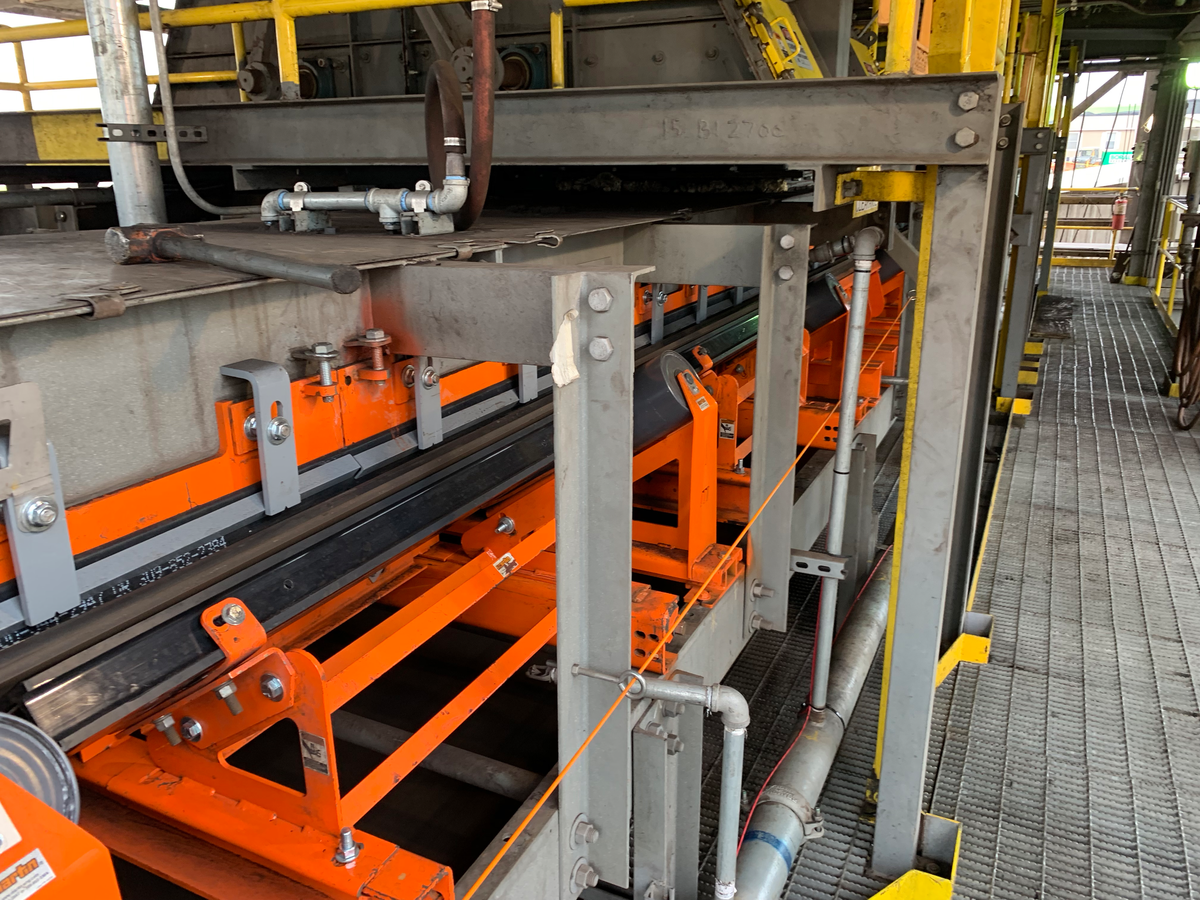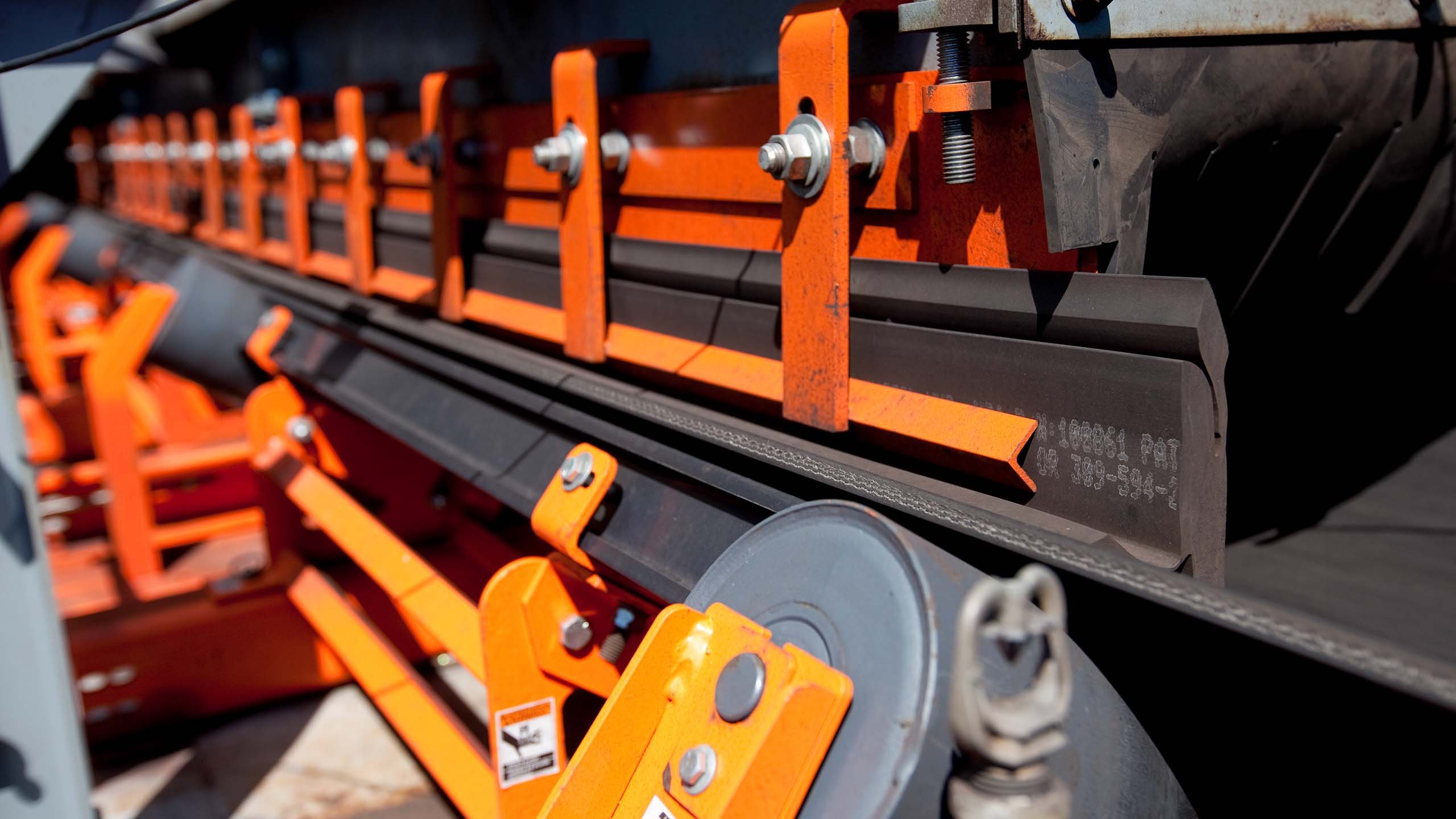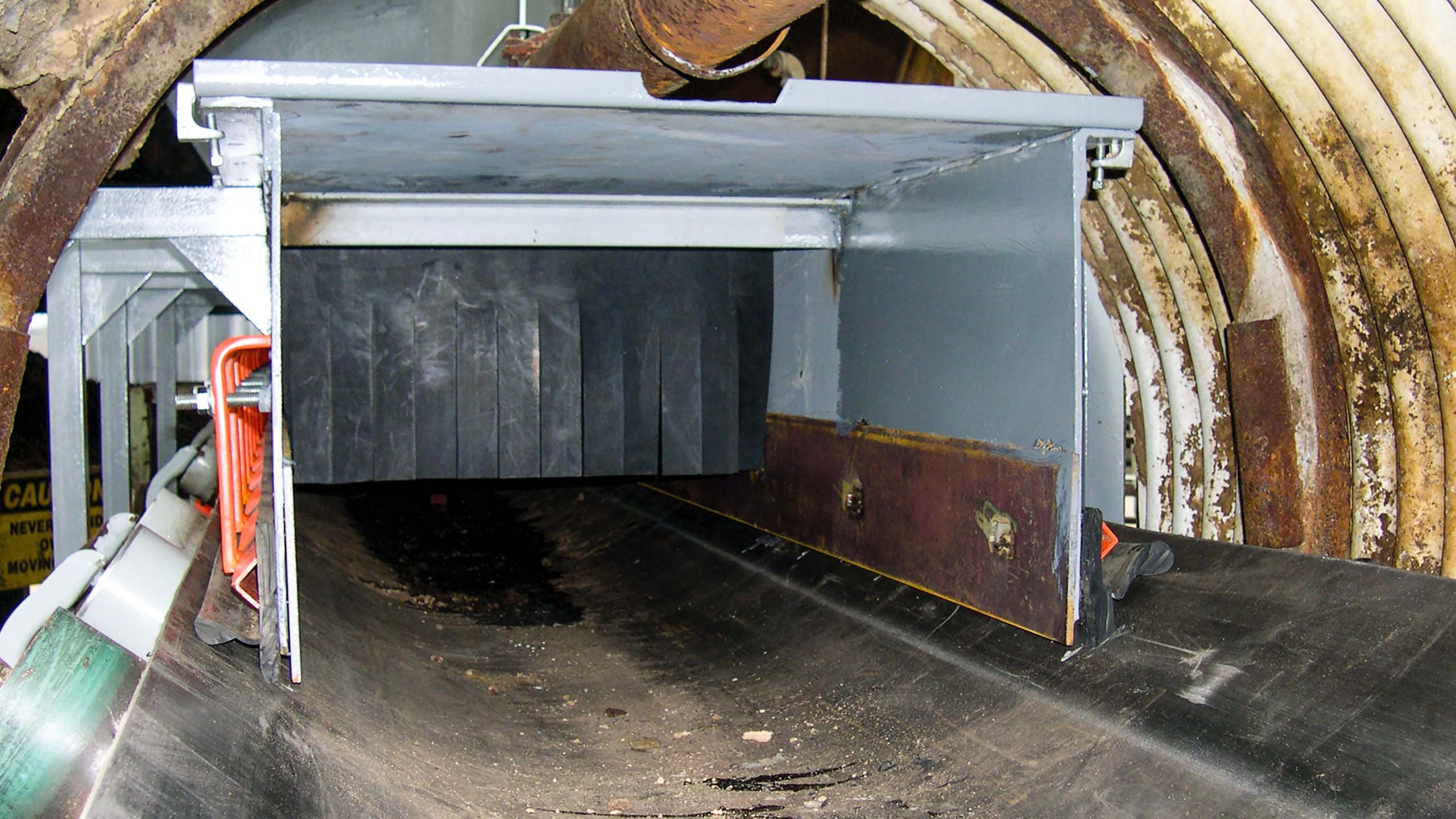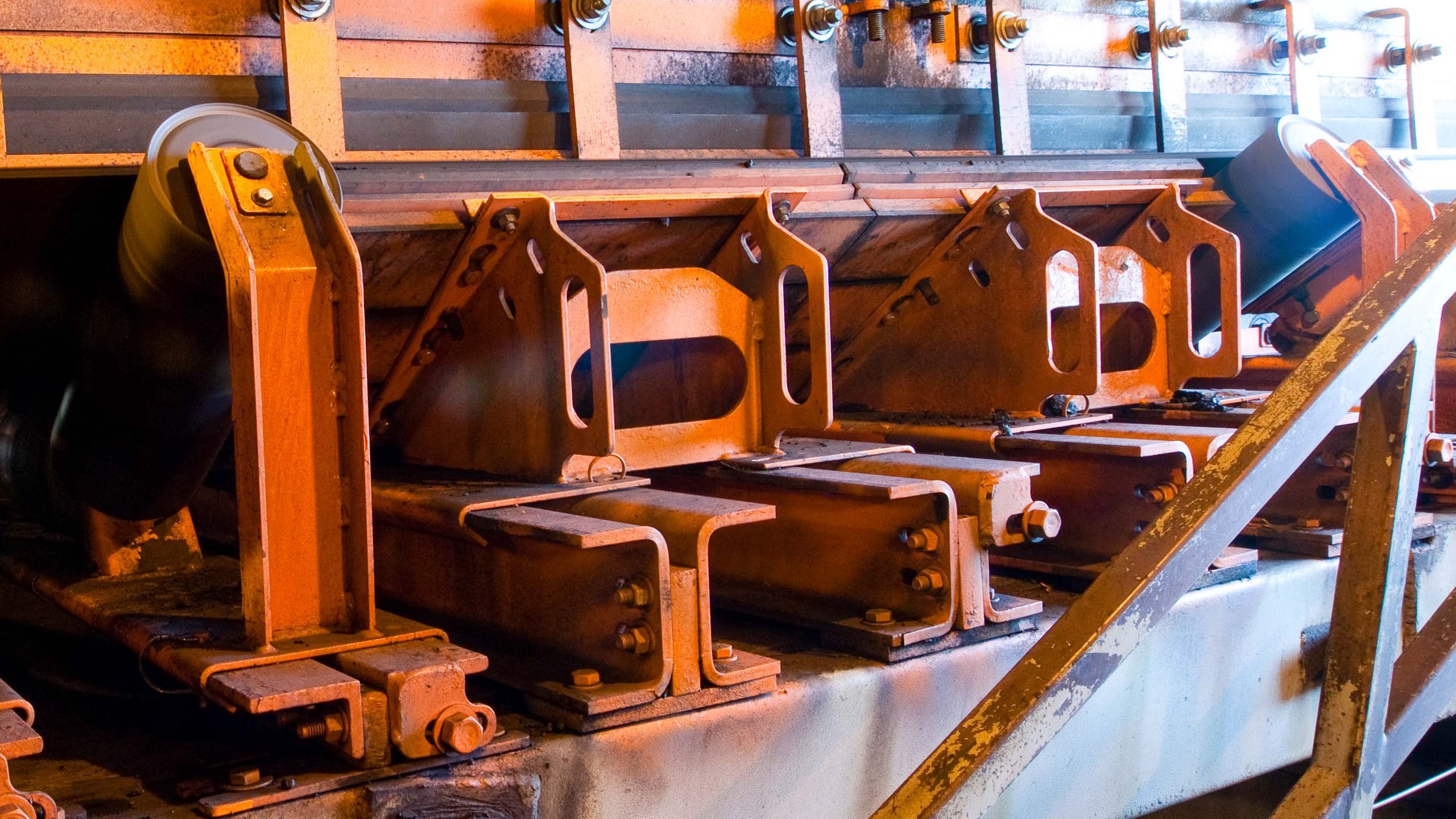Clean designs are critical to operating a safe and productive material-handling system. However, in today’s normal industrial facility or mine, it is not possible to operate a conveyor system that is 100 percent free of fugitive material. Poor initial designs, lack of maintenance follow up, variability of the properties of bulk materials, conveyor overloading and constant wear on system components are strong contributors to unexpected releases of fugitive materials.
Many design details contribute to creating a conveyor system as free of fugitive materials as possible. Incorporating dust resistant structures, proper skirtboard design, external wear liners, appropriate pulley sizing and belt tracking alternatives; ensuring the working area is clean and free of utility components; and allowing for future upgradability are issues that will be discussed to improve material handling operations. There are a number of leading edge technologies that can be incorporated into a conveyor system to improve its control of material. These options include engineered flow chutes, air supported conveyors and belt washing systems.

Modern 3D drafting and fabrication techniques make it feasible to arrange components in non-traditional ways without greatly increasing the costs of these systems. One of the simplest details is to ensure components are oriented in a manner that provides as few flat surfaces as possible upon which fugitive material can accumulate.
Dust Resistant Structures and Components
Cleaning around conveyors is a necessity. By eliminating places where fugitive materials accumulate, cleaning requirements are reduced and simplified. Horizontal structural members should be angled at 45 degrees whenever possible in order to shed material, thus making it unlikely that cleanup crew members will have to reach under the belt with tools to remove buildup.
Structural members that cannot be oriented to reduce dust buildup should be fitted with dust plates or caps to reduce material buildup in hard to clean areas.
Deck plates and drip pans should be designed to shed material toward the outside of the conveyor where fugitive material can be more easily collected. In order to assist in the reduction of buildup of dust and ensure any fugitive material will flow to the outside of the conveyor, these pans should be designed for the application of vibration.
Martin Engineering's Foundations™ book is a comprehensive resource on belt conveyor operations and maintenance.
Skirtboard Height
The height of the skirtboard (chutewall) cited in the Conveyor Equipment Manufacturers Association’s (CEMA) BELT CONVEYORS for BULK MATERIALS, Sixth Edition, and in other references and standards, is based on the largest size lump that will be carried on the conveyor without skirtboard covers. Today, many skirtboards are covered in order to contain dust. It is recommended that skirtboards be designed to accommodate the air flow above the bulk material. This leads to a requirement that is at least two times the height CEMA recommends for open top skirtboards. Skirtboard tops should be designed to include significant pitch in order to avoid material buildup.
External Wear Liner
The practice for years has been to attach the wear liner to the inside of the vertical metal skirtboards. The wear liner is then positioned between the bulk material and the metal skirtboards. The skirtboard serves as the structural member that supports both the wear liner and the skirtboard seal. If incorrectly mounted, wear liners will fail to protect the skirtboard seal from wear and sometimes trap material against the belt, thus grooving or otherwise damaging the belt. In this traditional setup, with the wear liners mounted to the inside of the skirtboard, inspection and replacement are difficult due to the placement of the liners behind the skirtboard. Replacing wear liners mounted on the inside of the skirtboard is a complicated job requiring manual manipulation of heavy sections in tight quarters and sometimes even involving confined space entry.
A wear liner repositioned so it is placed on the outside of the skirtboard where it can be easily inspected, accurately installed and easily replaced is a simple modification potentially saving thousands of maintenance hours. The skirtboard provides structural support; raising it above the normal flow pattern of the bulk material and implementing a small design change to the skirt seal clamps enables the wear liner to be installed on the outside of the skirtboards. The wear liner can also be made adjustable for accurate installation.
See also: Clean Belt Conveyor Design Part 2




















Leave Comment